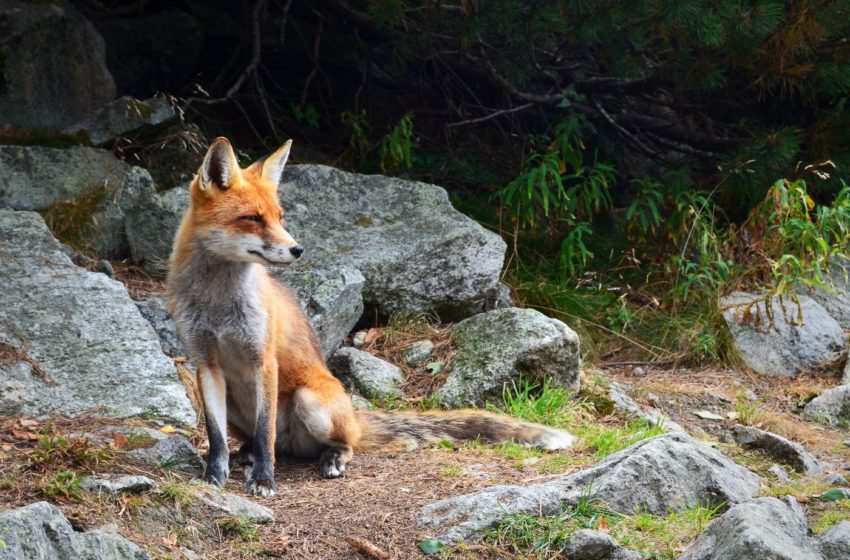
7 SPECIES THAT HELP FOREST BIODIVERSITY
You will find approximately 1.75 million species of organisms in this world, however there is no secret that trees would be well known!
In honor of this International Day for Biological Diversity, we’re observing the major role that they play in encouraging wildlife and eco systems. This season’s theme,”Our solutions come in character,” is about hope, solidarity, and also the significance of coping together with character approaches to reestablish stability and make a much healthier future.
Trees would be the greatest keystone species — lots of parasites, insects, as well as other wild life, rely on certain types to live so once they disappear, entire ecosystems may get impoverished. Now there are approximately 60,000 shrub species on Earth, 10 percent which can be compromised . When it comes to providing biodiversity advantages, trees do all of this and much more:
- Provide houses, playgrounds, and concealing stains from predators
- Provide not just water and food, but whole food chains
- Produce and hold dirt together to get a nutrient-rich woods Ground
- Grow crops which we people use as bio medication
- Create oxygen and consume contamination, maintaining our air clean
- Slow the flow of Storm Water and bring about international water bicycles
Despite this particular role, we’ve come up with a set of wildlife species which depend on woods.
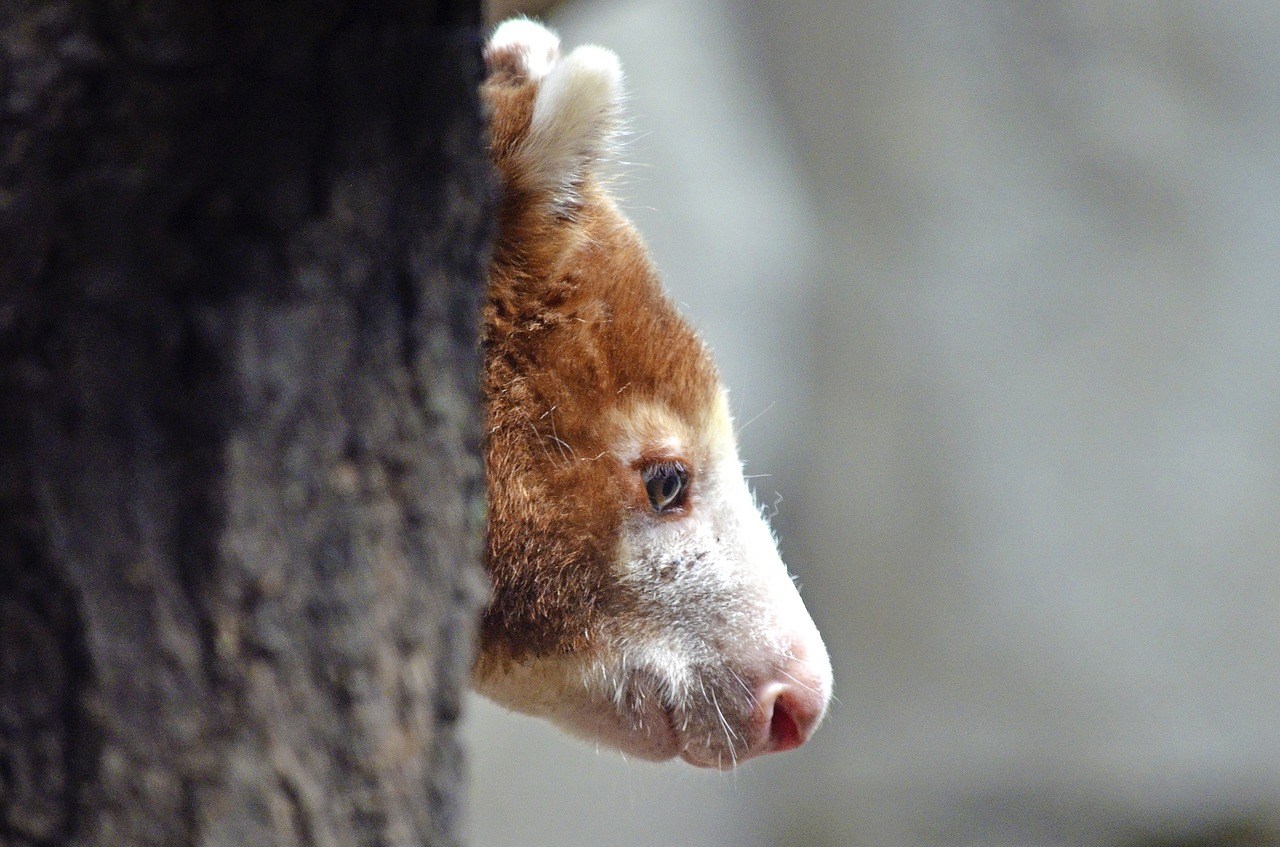
1. Tree Kangaroo
Uniquely adapted into those cloud woods, their sharp claws help with scaling and also a very long tail keeps them balanced.
They like to eat older leaves and fresh-picked fresh fruit, but may even collect fresh fruit that’s dropped into the bottom. Additionally they like flowers, grains, eggs, snakes, young birds, and sometimes even bark. A really particular species, these were probably introduced into NG by humans and accommodated with their own brand new, arboreal environment as time passes.
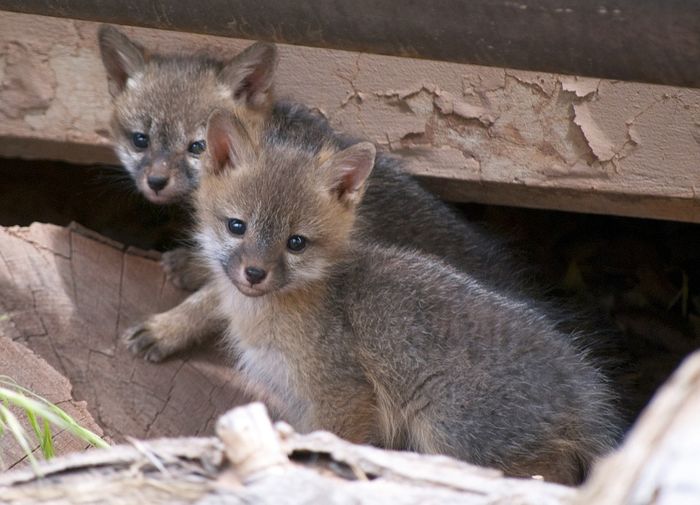
2. Foxes
Foxes build their dens in woods, rock formations, hollow trees and logs, and brush heaps. Lined with leaves and grass, these dens supply a safe refuge for blind pups, specially in the initial five weeks in their own lives. Additionally they utilize trees to flee their own enemies, catching them together with their fore paws and scrambling up to their own claws and hind feet.
Foxes also aid control woods populations of rodents such as voles and rabbits, and also help disperse seeds, further enhancing plant biodiversity throughout their habitats.

3. Gopher Tortoise
Gopher tortoises rely on forests for their survival. As dryland turtles, they even are now living in the well-drained sandy lands of longleaf-pine woods, and arid pine sand deserts. So that as outstanding diggers, they split out broad burrows under the forest floor, providing refuge and habitat for a huge number of different species, thereby bringing their designation as a keystone species.”
Primarily herbivorousthey prefer to eat greens, grasses, saw palmetto berries, and sweet pear cactus padsfruits and blossoms, together with blackberries, blueberries, gopher oranges along with different low-growing fruits.
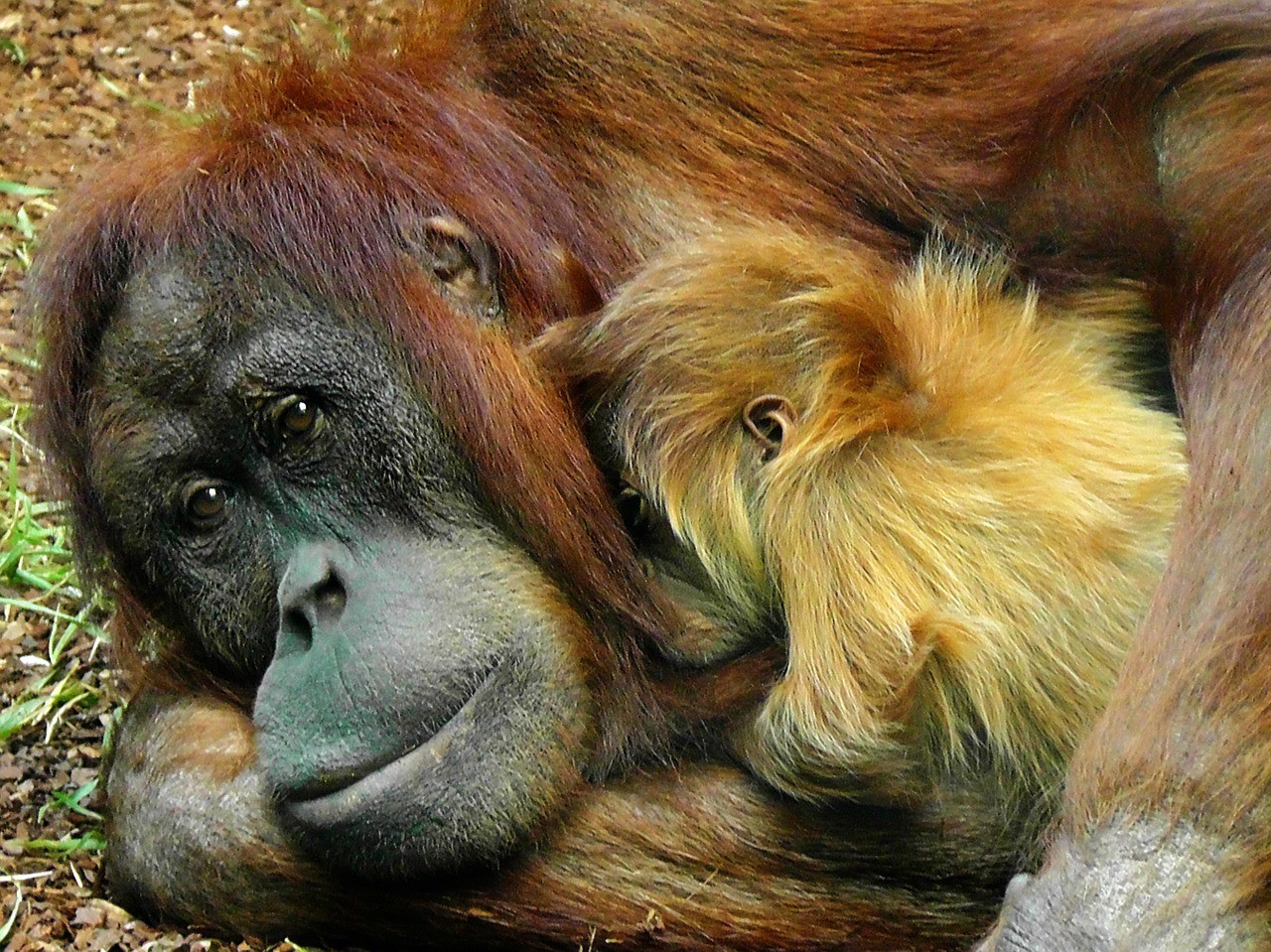
4. Orang-utan
The greatest treeclimbing mammals from the Earth, orang-utans sleeping in portions of plant and trees. Ripe fresh fruit is the favourite thing to eat, however you will also grab them dining on leaves, bark, blossoms, honey, insects, vines, and also the inner shoots of plants.
Due with their own diet, they still play a very important part in protecting biodiversity by eating veggies whole, subsequently trapping the seeds in their own skin. In 1 study, scientists also found 828 seeds at a single mosquito sample! And because create a pleasant, moist atmosphere for its seeds that are boiled, powerful germination is quite a bit more likely. Certainly, they will have got their name”person of the woods ”
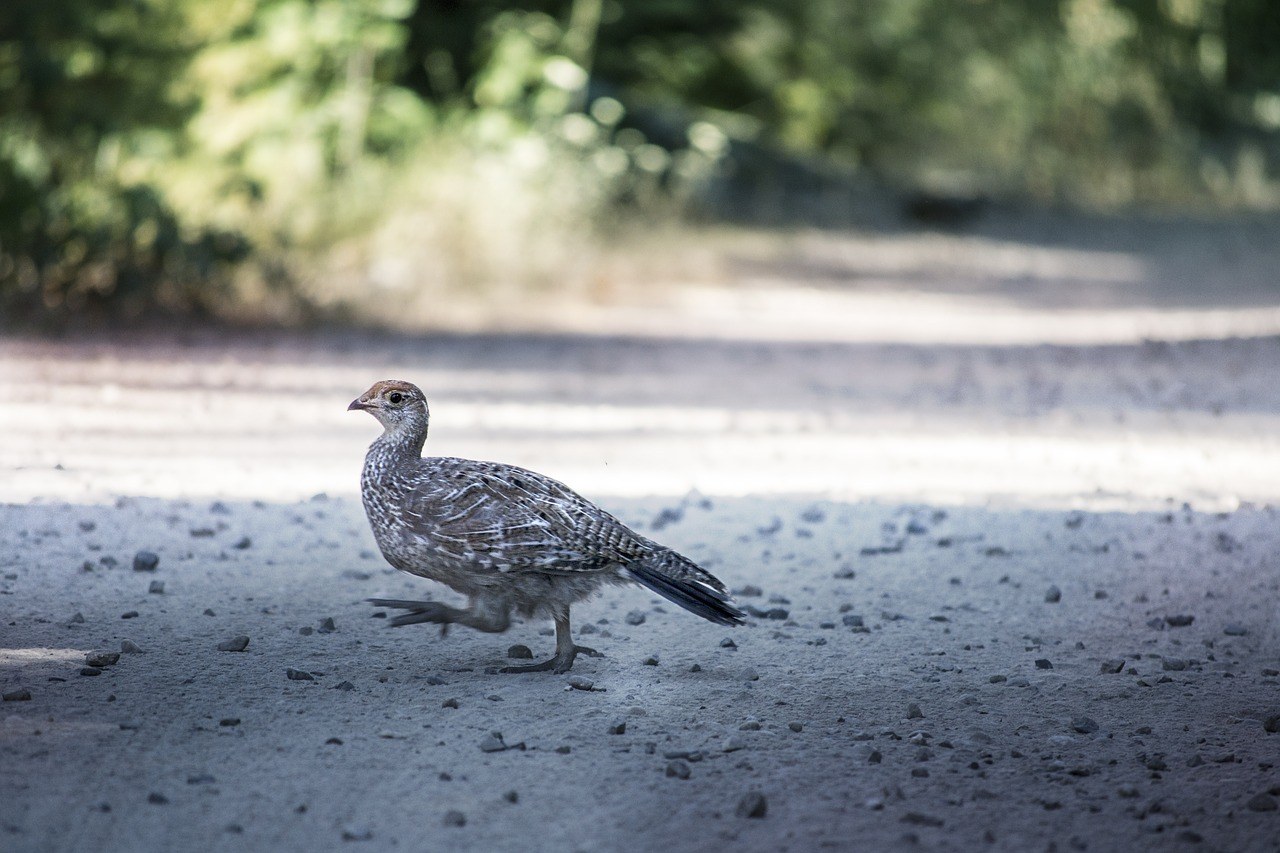
5. Spruce Grouse
Unusually casual about individual pursuits, their shadowy feathers supply a fruitful camouflage while they browse their woodland homes. In reality, their own plumage and demeanor unite to cause them to become the bane of predators and birders alike — therefore if you chance to find you, consider yourself blessed!
Pine, spruce, as well as different coniferous needles compose the majority of their daily diet, however in addition they float on refreshing green leaves, berries, blossoms, insects, snails, and parasites, assisting keep their populations in balance.
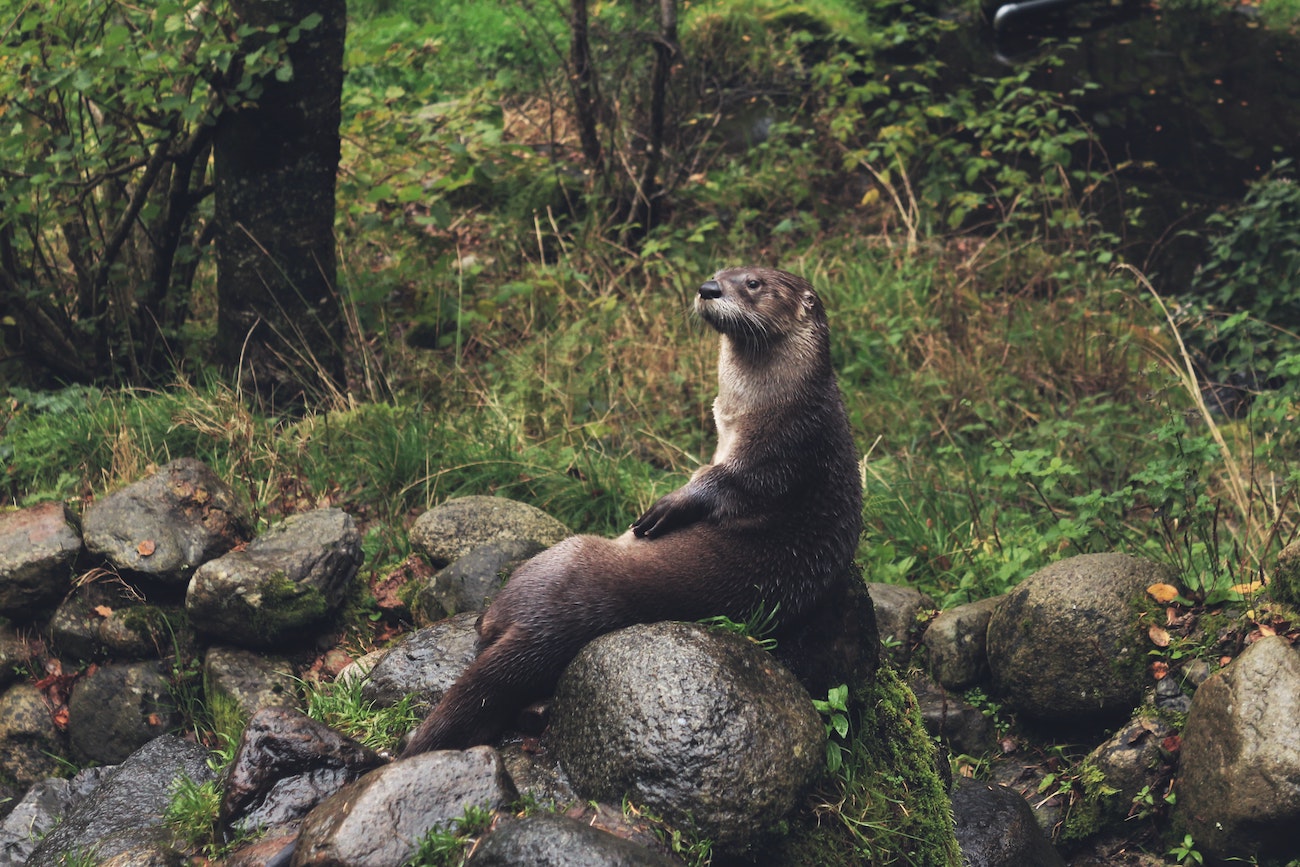
6. River Otter
North American river otters make their dens in deserted burrows close water’s edge and may flourish in a selection of ecosystems, including lakes, rivers, swamps, and estuaries. Their homes are included in hollow logs, log clocks, heaps of driftwood, and boulders. Even though the majority of the lives are spent from the sport, these lively Mustelids depend upon healthy woods simply as far as their counterparts.
With razor sharp claws and teeth, they play a vital part within the maintenance of river ecosystems. As predators, they also help control populations of fish, crayfish, crabs, frogs, birds and a few reptilesthat comprise most of their daily diet plan. Because of a speedy metabolic process, they will need to eat regularly!
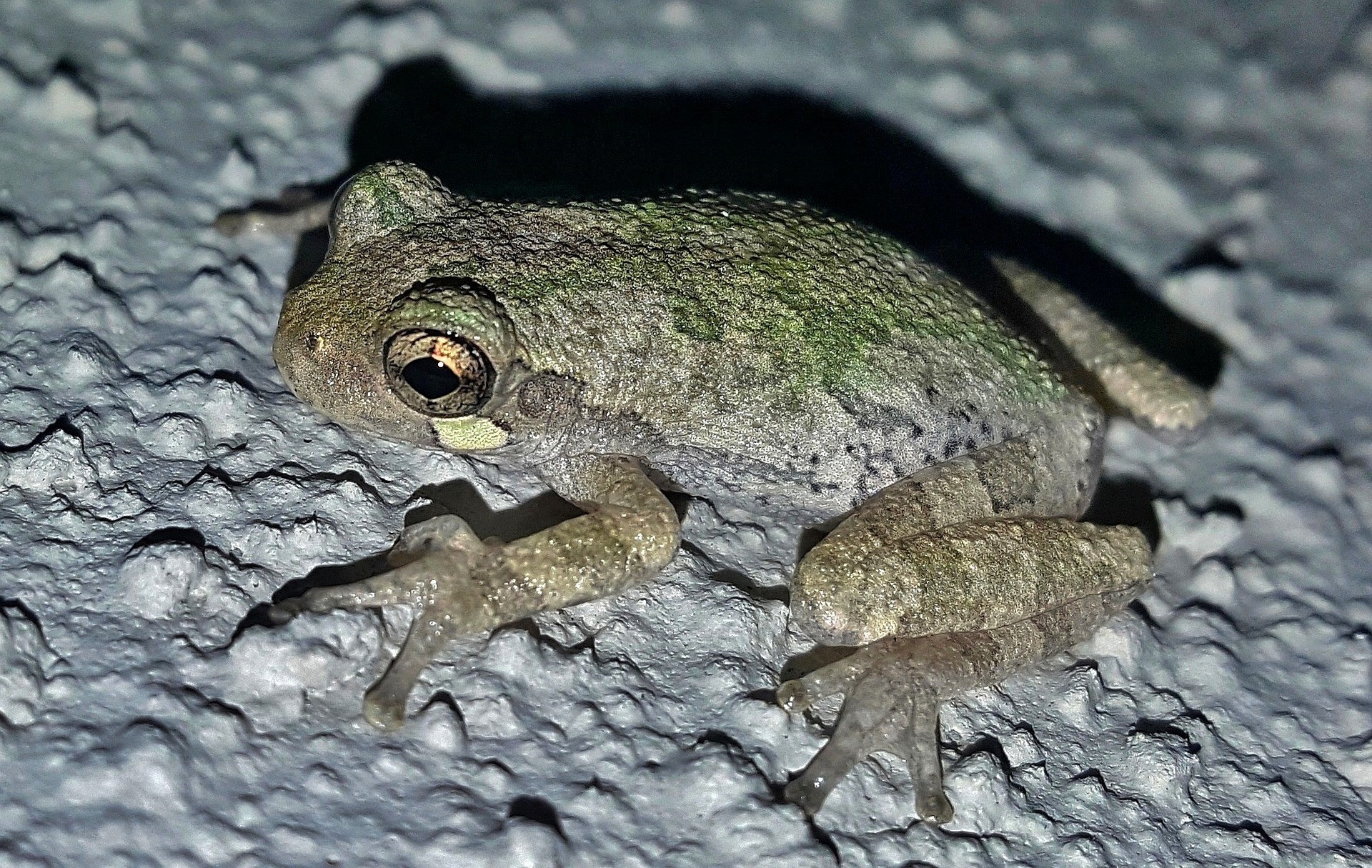
7. Grey Treefrog
Grey tree frogs be determined by water to strain, but dwell in adjoining mixed and deciduous woods. As a speciesthey break in tree holesunder bark, in rotten logs, under foliage, and also under tree roots over the course of your afternoon. But when the sun falls, the entire world is their oyster since they traverse the woods seeking food, with their especially adapted toe pads to scale and proceed vertically as necessary.
They play with an important eco system role, absorbing enough algae since tadpoles to change the physics of these ponds that they rely upon. And as soon as they reach maturity they cut pesky bugs such as mosquitoes, gnats, plant lice, mites, snails, slugs, as well as strikes. Additionally they offer a critical food source for bigger cows, several birds, and tiny creatures.